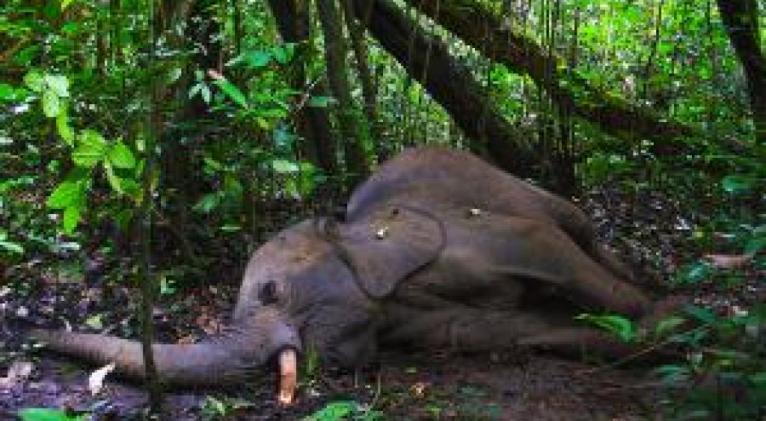Rich nations are laying road to ecological Armageddon
especiales

Why the explosion in killing? Since 2000, more than 50,000 kilometres of roads have been bulldozed into this habitat, mostly by industrial loggers, inadvertently opening it up to poachers armed with powerful rifles and cable snares. The elephants simply have nowhere to hide any more.
Such ecological carnage is being repeated the world over. The last remnants of nature are in retreat - and it is roads and other infrastructure that are often the root cause.
In the Amazon and adjoining Andes mountains, 150 major hydroelectric dams are planned, each requiring a road network for the dams themselves and power lines to be built. Just the 12 proposed for the Tapajós river – one of the biologically richest parts of the Amazon – will lead to nearly 10,000 square kilometres of extra deforestation by 2032, according to a recent study.
The Amazon also has 53,000 active mining leases, spanning more than a fifth of the river basin's land area. New roads for mining and fossil-fuel projects are opening it up like a flayed fish – and with that a Pandora's box of environmental problems, such as illegal deforestation and fires, poaching, illicit gold mining and rampant land speculation.
Feeding frenzy
And if you want to see the wilds of Africa, don't delay. Africa is being transformed by a feeding frenzy of foreign mining investments. China is pouring over $100 billion per year into mining projects on the continent. India, Brazil, Canada, the US and Australia aren't far behind. New roads and infrastructure are rapidly proliferating - including 29 massive "development corridors" that will criss-cross sub-Saharan Africa, opening up many wild and semi-wild areas to new pressures.
Worse may be to come. At a recent summit in Brisbane, Australia, the G20 nations – the largest economies on the planet – pledged to pour $60-70 trillion into new infrastructure across the world over the next 15 years. To put that into perspective, the estimated value of all existing infrastructure is around $50 trillion.
These are scary times for the environment. In my view, the G20's pledge is far too ambitious and should be scaled back sharply. The projects that do go ahead must be managed very carefully, or their environmental consequences could be devastating.
My colleagues and I recently published guidelines that will make such projects ecologically safer (Current Biology, DOI: 10.1016/j.cub.2015.02.050). Ideas include "island" projects without new roads, with people and equipment flown in where possible, and avoiding upgrading dirt roads to deter activities such as illegal logging.
Let's hope the G20 listens. Nobody is saying the world doesn't need better infrastructure - especially developing nations trying to raise living and social standards. But the blast-ahead, business-as-usual model isn't working. For our natural world, it threatens a fatal future.
William Laurance is distinguished research professor at James Cook University in Cairns, Australia













Add new comment